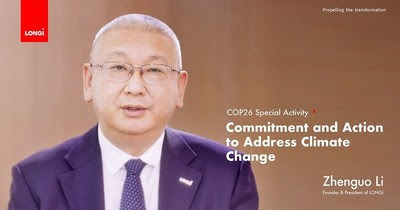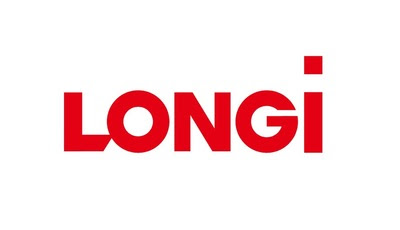Hammerle will be responsible for the formation and execution of Intelex’s strategy as it delivers safer, cleaner and more efficient operations for our customers.
Toronto, Canada, Nov. 05, 2021 (GLOBE NEWSWIRE) — Intelex Technologies, ULC, a leading global provider of cloud-based Environmental, Health, Safety and Quality (EHSQ) management software, today announced the appointment of Melissa Hammerle to the role of president of the organization.
“I’m excited to bring Melissa’s deep continuous improvement experience and leadership to the Intelex team. Melissa will be a key driver as we work to help customers drive EHS and ESG performance to levels previously unimaginable,” said Justin McElhattan, Group President of EHS businesses for Intelex parent company Fortive.
Hammerle brings experience driving growth, customer retention and innovation through leadership roles in general management, product, marketing, sales, customer success and the Fortive Business System (FBS). She has led teams to co-create cultures with high engagement, ownership and customer centricity across a range of businesses, from startups to large scale enterprises.
“I’m thrilled to join the Intelex team,” said Hammerle. “We have a profoundly impactful mission and a once-in-a-lifetime growth opportunity as investors, business leaders and customers raise the bar on the practices of EHSQ and help our customers achieve their Environment, Social and Governance (ESG) goals.”
Hammerle joins Intelex from Accruent, where, as the Commercial President, she and her team built new sales and marketing growth engines to sustainably deliver software bookings. Previously, she led the team that created Fluke’s first Internet of Things business to serve customer maintenance workflows, accelerated strategic initiatives across Fortive as the FBS Director of Growth, and delivered strong revenue and employee engagement as the VP & GM of Fluke Calibration.
Prior to joining Fortive, Hammerle served as a Captain in the U.S. Army, where she led a company in Iraq.
She earned an MBA from Harvard University and an BA in Economics from Dartmouth College.
About Intelex Technologies, ULC
Intelex Technologies, ULC is a global leader in environmental, health, safety and quality (EHSQ) management software. Since 1992, Intelex employees across the globe have been committed to innovating and enabling organizations to send their employees home safely every day, leaving behind a more sustainable world to the generations that follow, and manage quality so that only the safest and highest quality products make it to market. Intelex’s scalable, web-based platform and applications have helped clients across all industries improve business performance, mitigate organization-wide risk, and ensure sustained compliance with internationally accepted standards (e.g. ISO 9001, ISO 14001, ISO 45001, and OSHAS 18001) and regulatory requirements. Almost 1,400 customers in 195 countries trust Intelex to power their EHSQ initiatives. Headquartered in Toronto with regional offices and employees around the world, Intelex became an Industrial Scientific company in 2019. In 2020, Intelex acquired ehsAI, provider of a SaaS-based next-wave compliance automation solution that leverages artificial intelligence and machine learning algorithms. For more information about Intelex, visit www.intelex.com.
Attachment
Sandy Smith, Head of Global Content Marketing Intelex Technologies, ULC +1 216-375-0484 Sandy.Smith@intelex.com


